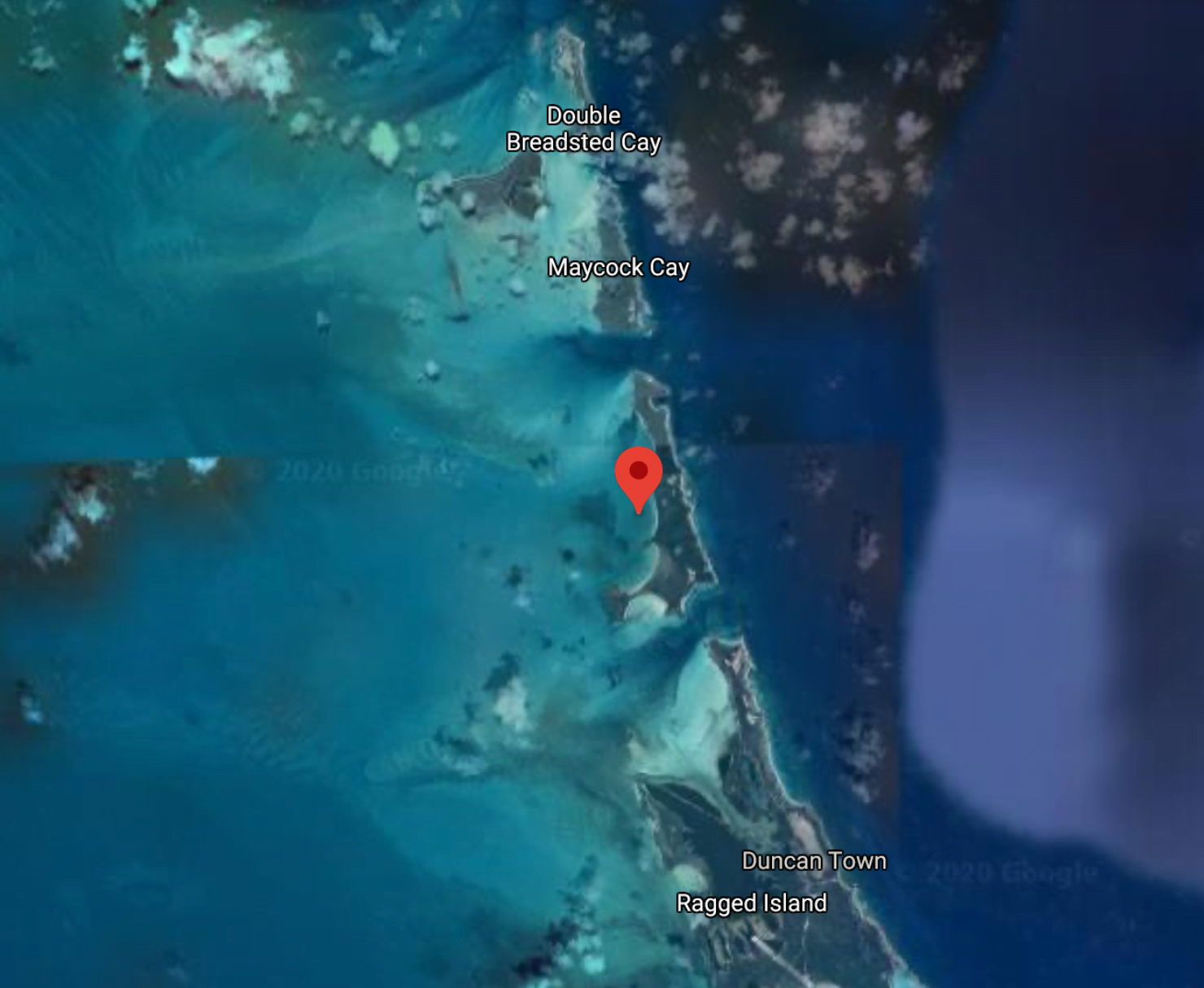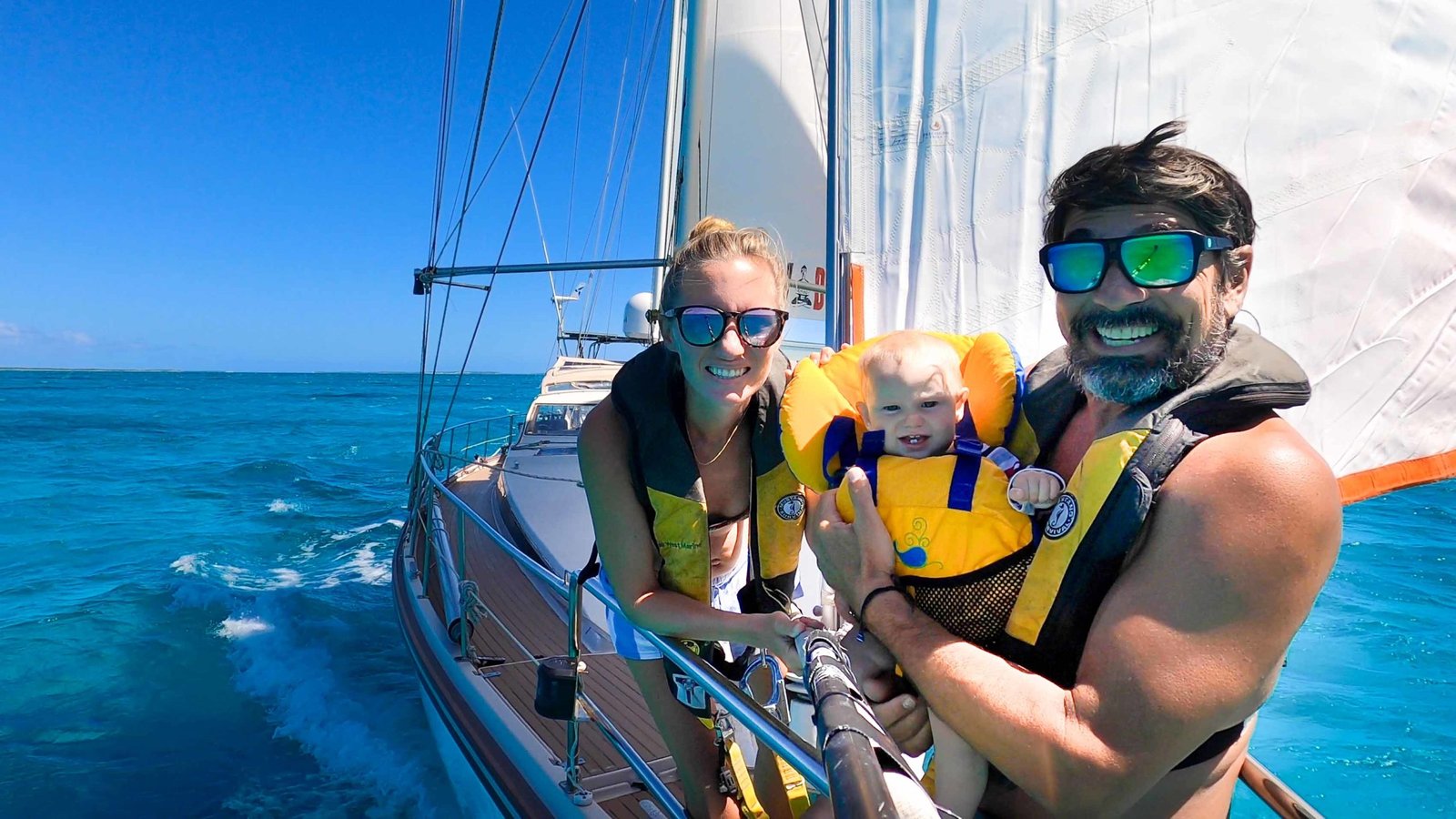SAN SALVADOR, BAHAMAS – When three tourists stranded in San Salvador amidst the global coronavirus pandemic tried to fish out a giant piece of plastic out of the ocean, they were bewildered to find it was actually a telecommunications satellite balloon.
The stratospheric balloon, owned and operated by a Google affiliate company called Loom, was brought down in a controlled landing approximately one kilometer off the coast of San Salvador Island on Sunday, according to a Loon spokesperson.
In a video post, one of the tourists who found the balloon, explained that since The Bahamas implemented its nationwide lockdown and closed its borders, they have been quarantined to their boat and the marina.
Despite this, the tourists said they were still being allowed to take their vessel out.
That morning, they saw what looked to be an overturned vessel.
When two of the crew members went out to take a look, they reportedly saw that it was a giant piece of plastic too heavy to pull into the boat.
The three tourists assessed the situation and decided to grab scuba diving equipment to see what was hanging below the plastic itself.
When they dove down in waters 2,000 – 3,000 feet, they found that the plastic was in fact connected to a satellite and made haste to remove it from the water.
They were able to pull up some 400 pounds of plastic the balloon was made up of, along with the radars and solar panels attached to the device.
“It’s so strange. It’s insane,” the tourist said, in the nearly three-minute video.
“…We are living in strange times and this didn’t help anything. It’s super weird and interesting at the same time.”
The balloon, which navigates wind currents 20 kilometers above the Earth, travels on the edge of space, acting as a floating cell tower, to deliver connectivity to people in unserved and underserved areas around the world.
When a balloon is ready to land, the lift gas keeping it balloon aloft is released and a parachute automatically deploys to control the landing, which is done in coordination with local air traffic control.
“This landing was done in a safe and secure manner after coordinating with local air traffic control officials,” a Loon spokesperson told Eyewitness News.
“Per Loon’s landing procedures, a parachute deployed and the balloon was brought down at a relatively low speed in an isolated area.
“At no time did it pose a risk to the local population.”
The team has already collected the balloon and its components.


















